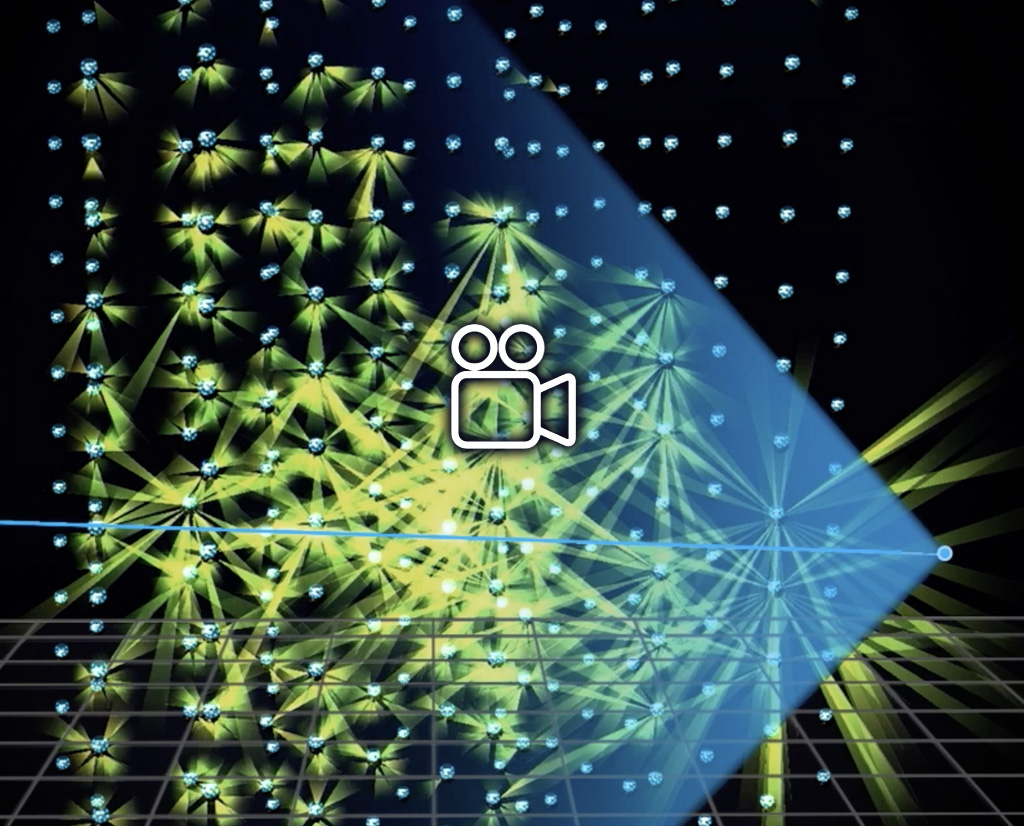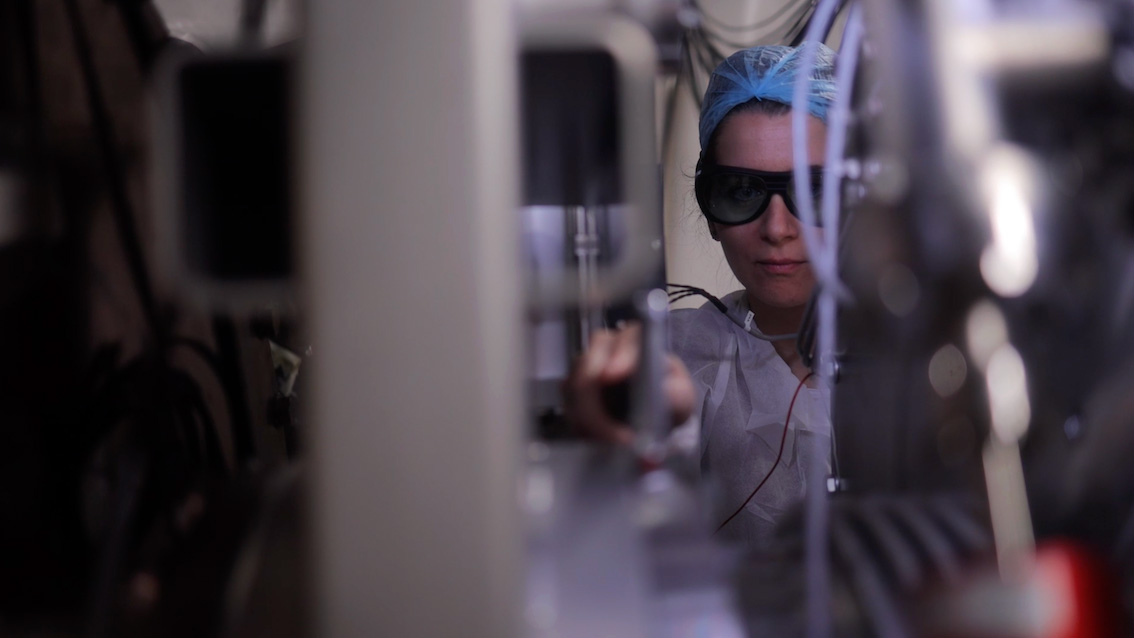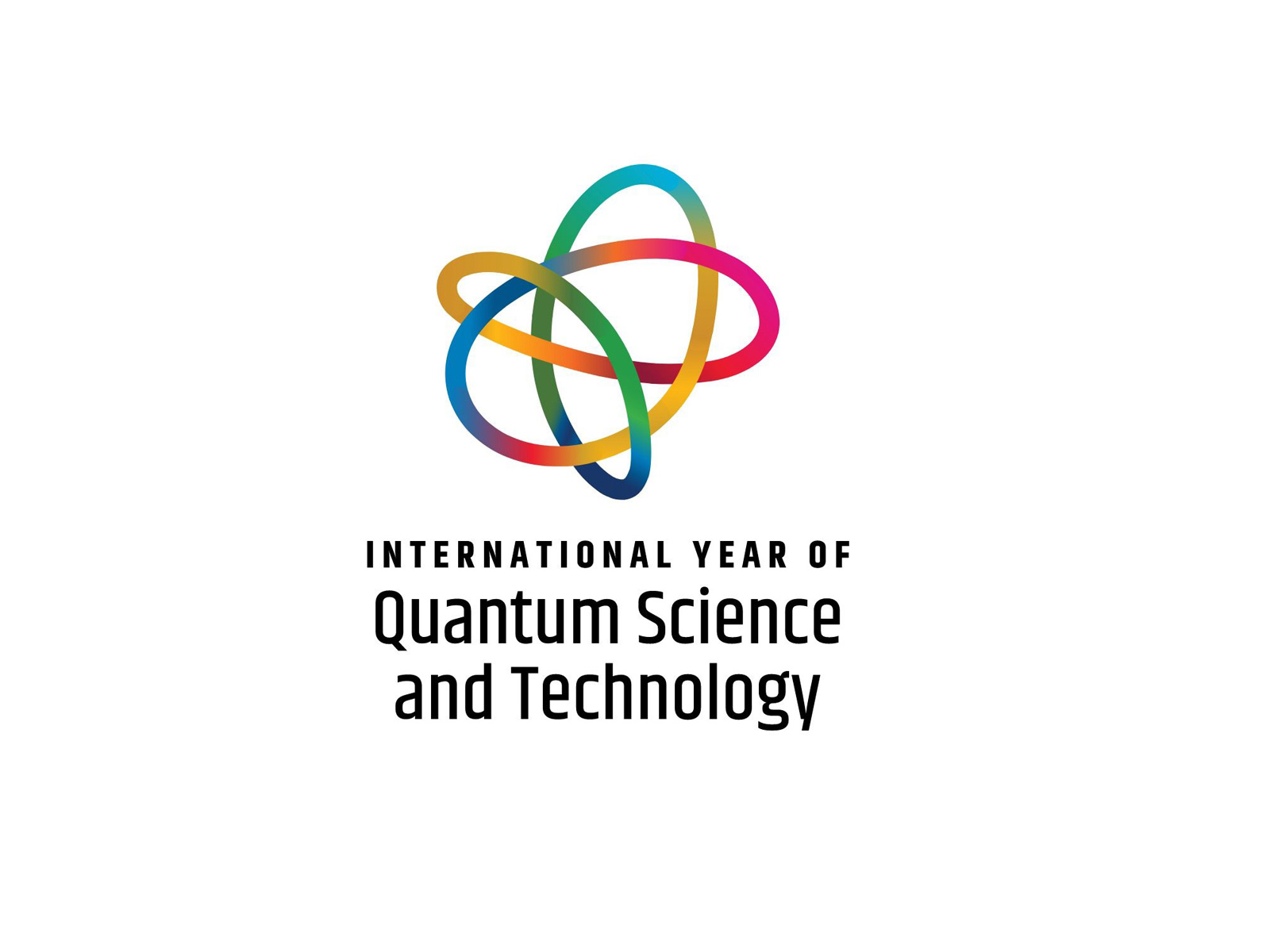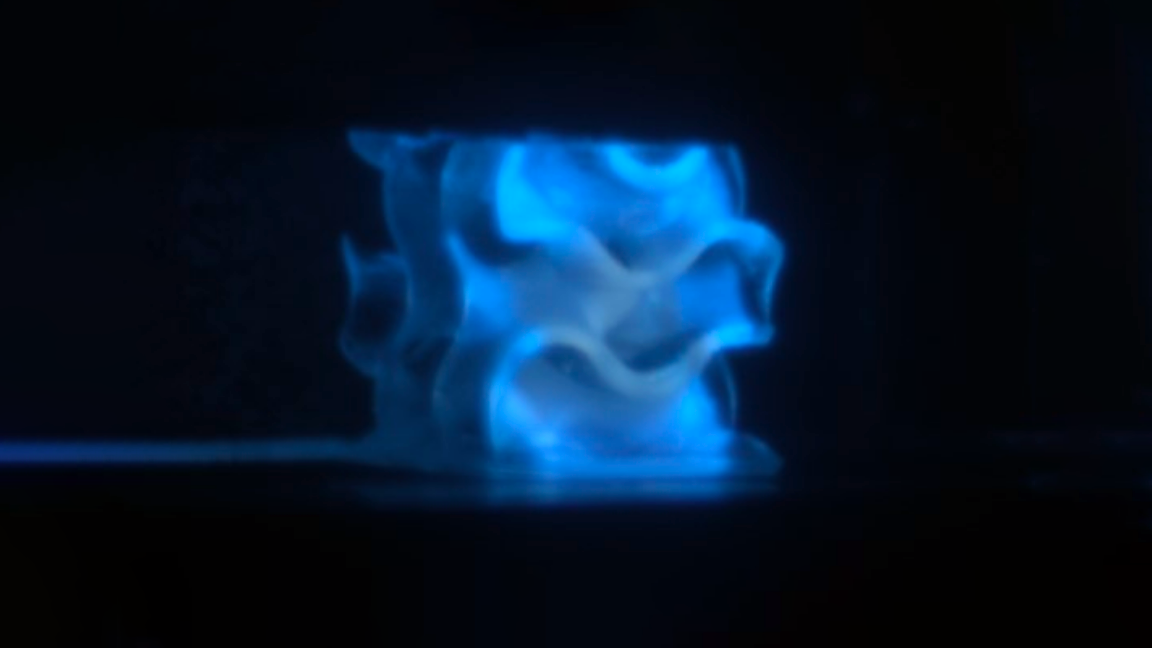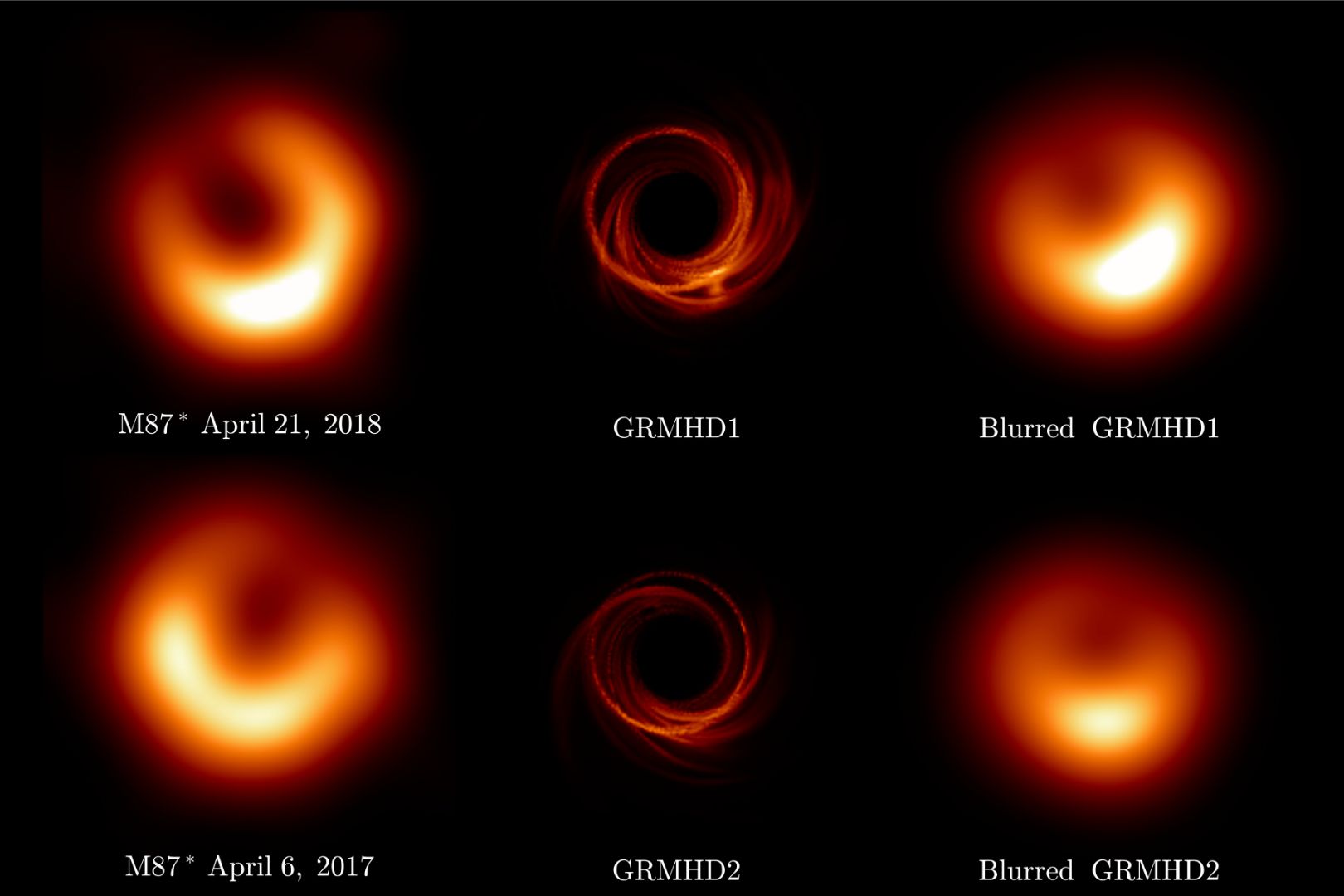 The T2K (Tokai to Kamioka) international collaboration, in which INFN is participating with roles of responsibility, has presented new results at the 38th International Conference on High Energy Physics (ICHEP) in Chicago, indicating with increasing clarity that oscillation phenomena are not equally likely for neutrinos and their antiparticles (anti-neutrinos). This different behaviour of neutrinos compared to antineutrinos could be the crucial ingredient to answer one of the most important issues with which contemporary physics is faced: why is the universe today dominated by matter, while we imagine that, immediately after the Big Bang, the universe was made up of equal parts of matter and antimatter. Produced at the Japan Proton Accelerator (J-PARC), the T2K beam of muon neutrinos (or antineutrinos) is sent towards the underground Super-Kamiokande detector, 295 kilometres away. During the journey, a muon neutrino can “oscillate”, turning into an electron or tau neutrino. T2K has detected that the number of muon anti-neutrinos oscillating into electron antineutrinos is lower than that of muon neutrinos oscillating into electron neutrinos. The result, still preliminary, must be supported by the results of the data acquisition phase in progress.
The T2K (Tokai to Kamioka) international collaboration, in which INFN is participating with roles of responsibility, has presented new results at the 38th International Conference on High Energy Physics (ICHEP) in Chicago, indicating with increasing clarity that oscillation phenomena are not equally likely for neutrinos and their antiparticles (anti-neutrinos). This different behaviour of neutrinos compared to antineutrinos could be the crucial ingredient to answer one of the most important issues with which contemporary physics is faced: why is the universe today dominated by matter, while we imagine that, immediately after the Big Bang, the universe was made up of equal parts of matter and antimatter. Produced at the Japan Proton Accelerator (J-PARC), the T2K beam of muon neutrinos (or antineutrinos) is sent towards the underground Super-Kamiokande detector, 295 kilometres away. During the journey, a muon neutrino can “oscillate”, turning into an electron or tau neutrino. T2K has detected that the number of muon anti-neutrinos oscillating into electron antineutrinos is lower than that of muon neutrinos oscillating into electron neutrinos. The result, still preliminary, must be supported by the results of the data acquisition phase in progress.

